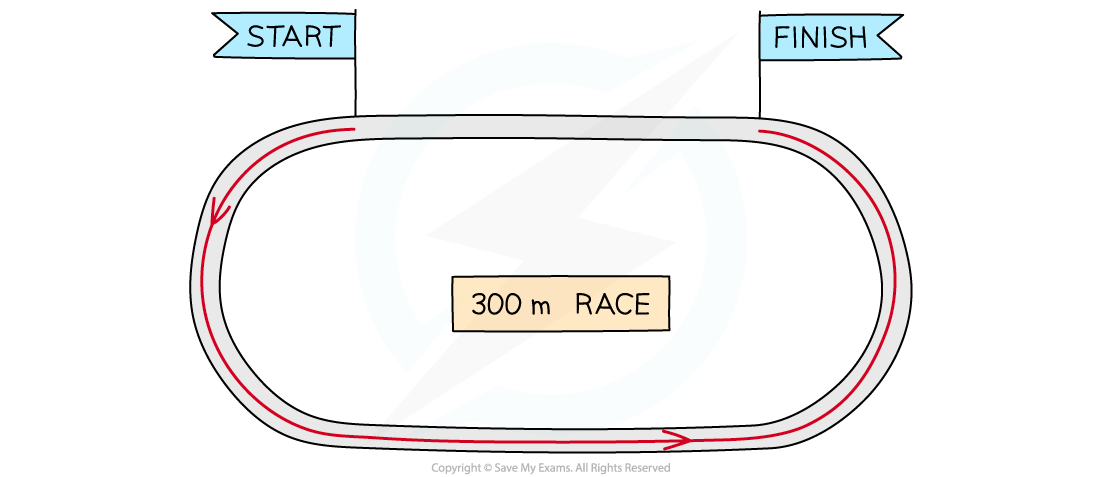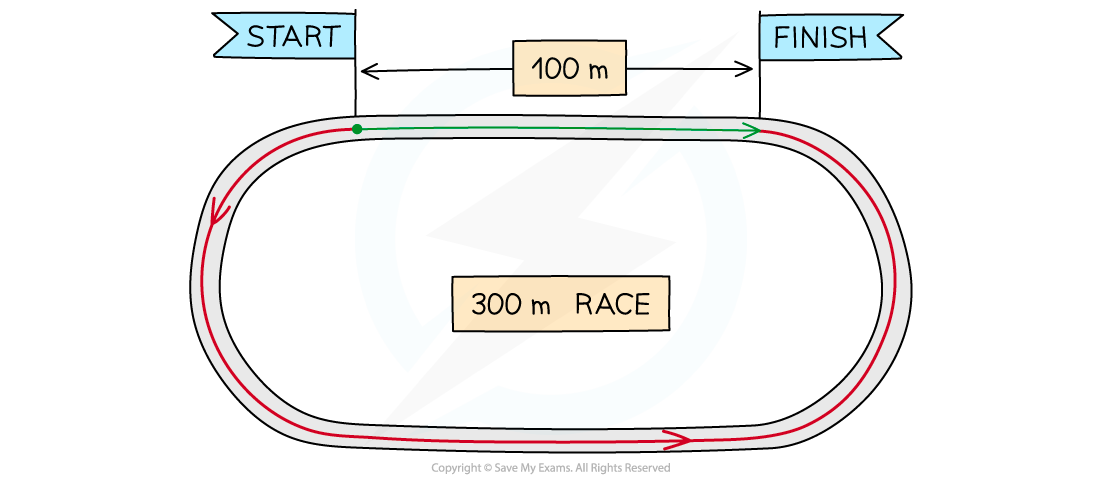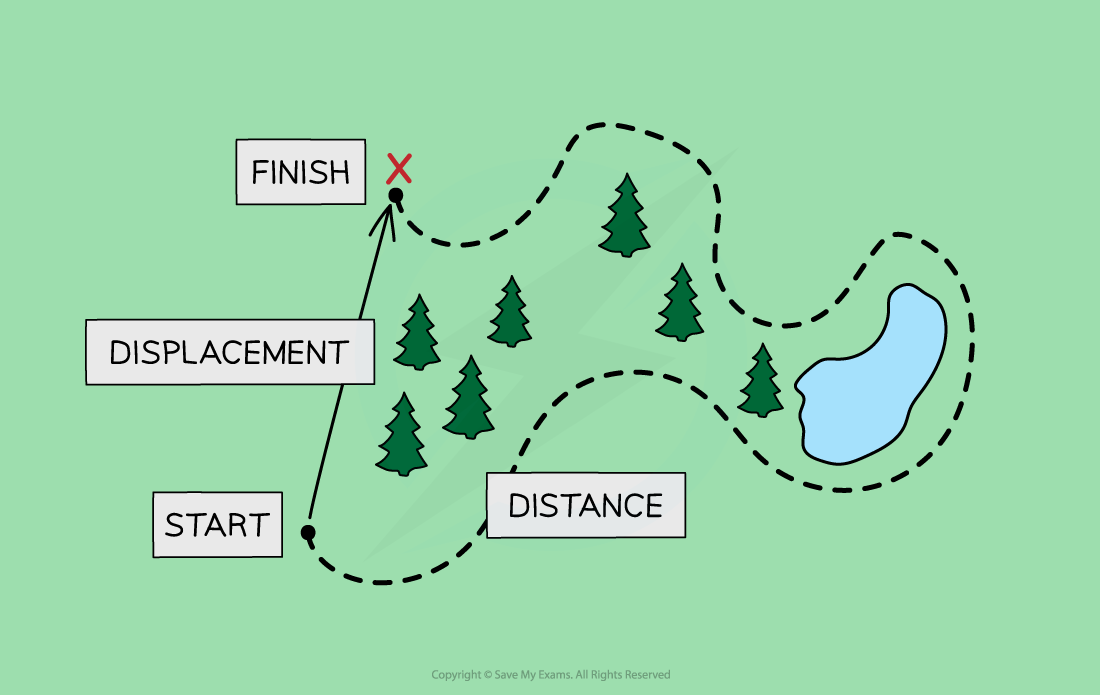Vector & Scalar Quantities (SQA National 5 Physics): Revision Note
Exam code: X857 75
Did this video help you?
Vector & scalar quantities
All physical quantities can be classified into two groups:
Scalars
Vectors
Scalars
Scalar quantities have magnitude only
Mass is an example of a scalar quantity because it is defined by its magnitude (size) alone
e.g. the mass of the ball is 0.05 kg
Vectors
Vector quantities have both magnitude and direction
Weight (a type of force) is an example of a vector quantity because it is defined by both its magnitude and direction
e.g. the weight of the ball is 0.49 N downwards
Examples of scalars & vectors
The table below lists some common examples of scalar and vector quantities
Corresponding scalars and their vector counterparts are aligned in the table where applicable
Table of scalars and vectors
Scalar | Vector |
|---|---|
distance | displacement |
speed | velocity |
mass | weight |
time | force |
energy | acceleration |
Distance and displacement
Distance is a measure of how far an object travels
Distance is a scalar quantity with a magnitude but not a direction
For example, an athlete runs a 300 m race on a 400 m track; the distance travelled by the athlete is 300 m
Distance travelled on a race track

Displacement is a measure of how far an object travels in a certain direction
Displacement is a vector quantity with both magnitude and direction
For example, the athlete's displacement is 100 m to the right
Distance and displacement on a race track

Another example is a person hiking in the woods who marks out their route on a map
The distance travelled is the total length of the path they walked
Their displacement is a straight line arrow drawn from their starting position to their finishing position (which includes their direction)
Distance and displacement of a hiker

Speed and velocity
Speed is the distance travelled per unit time
Speed is a scalar quantity with a magnitude only
Velocity is the displacement per unit time
Velocity is a vector quantity with both magnitude and direction
In other words, velocity is speed in a given direction
Worked Example
An instructor is in charge of training junior astronauts. For one of their sessions, they would like to explain the difference between mass and weight.
Suggest how the instructor should explain the difference between mass and weight, using definitions of scalars and vectors in your answer.
Answer:
Step 1: Recall the definitions of a scalar and vector quantity
Scalars are quantities that have only a magnitude
Vectors are quantities that have both magnitude and direction
Step 2: Identify which quantity has magnitude only
Mass is a quantity with magnitude only
So mass is a scalar quantity
The instructor might explain to their junior astronauts that their mass will not change as their location in the Universe changes
Step 3: Identify which quantity has magnitude and direction
Weight is a quantity with magnitude and direction (it is a force)
So weight is a vector quantity
The instructor might explain that their weight (i.e. the force on them due to gravitational field strength) will vary depending on their location. For example, an astronaut's weight would be less on the Moon than it is on Earth
Examiner Tips and Tricks
Make sure you are comfortable with the differences between similar scalars and vectors.
The most commonly confused pairings tend to be:
distance and displacement
speed and velocity
weight and mass

Unlock more, it's free!
Did this page help you?